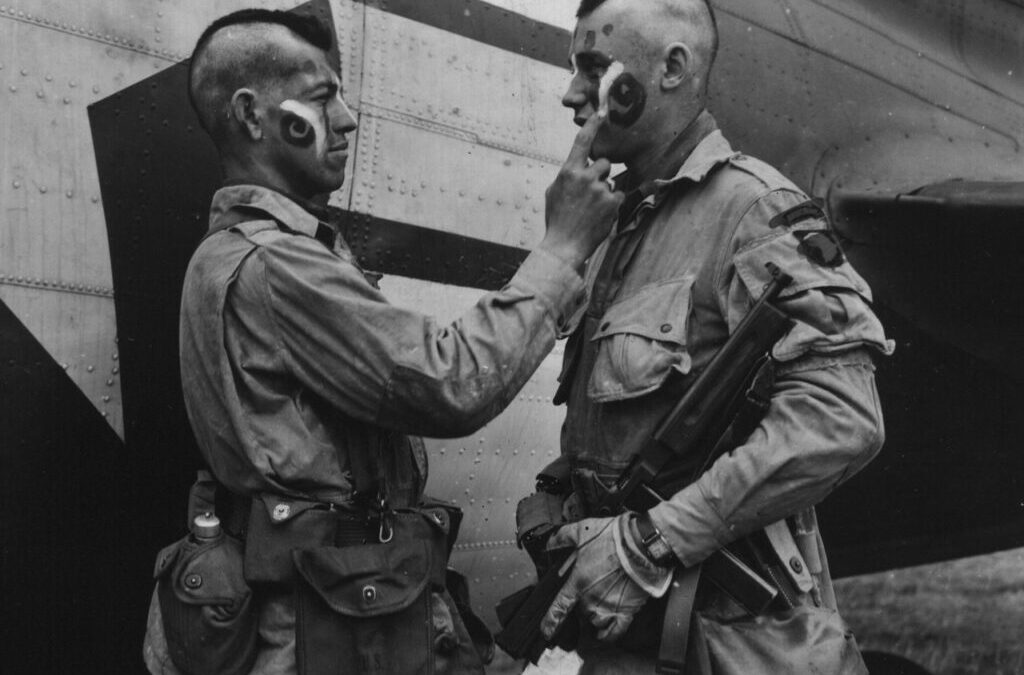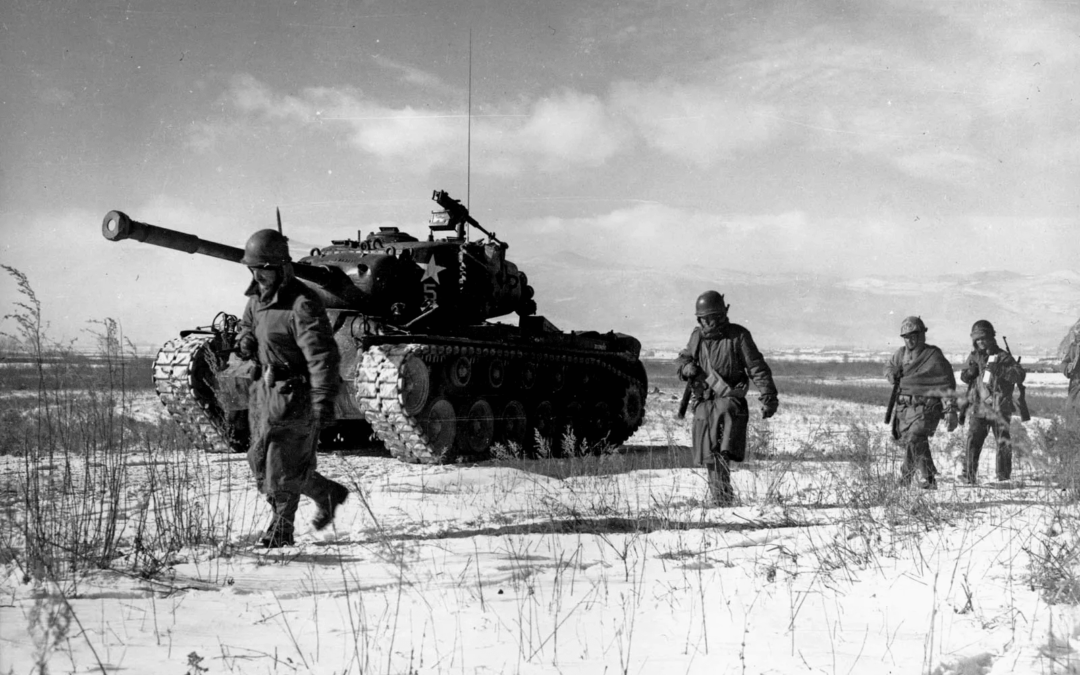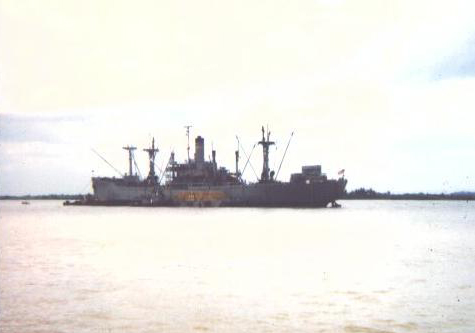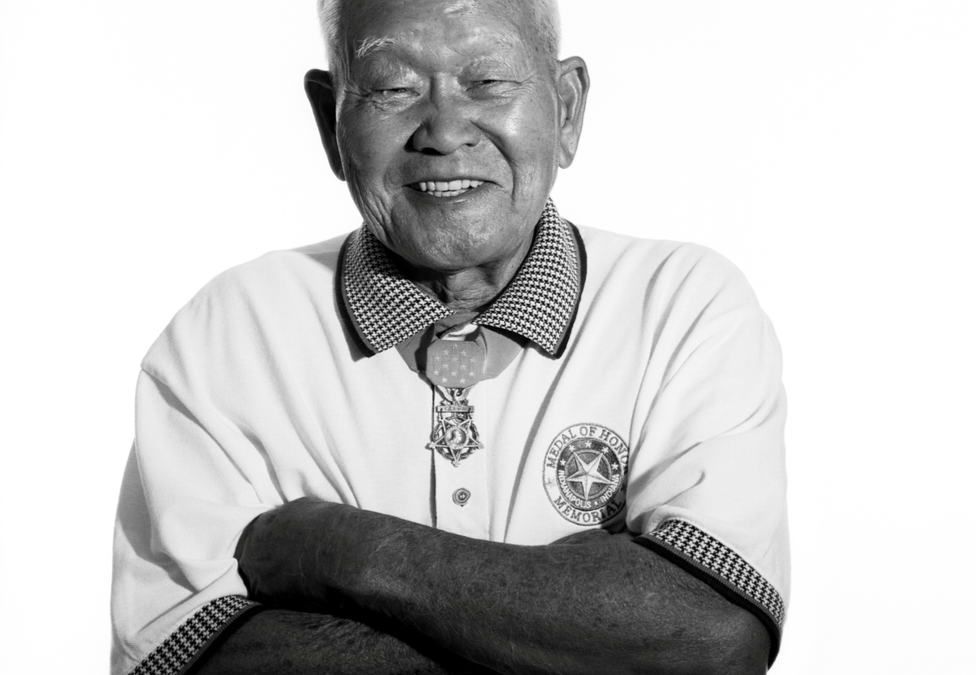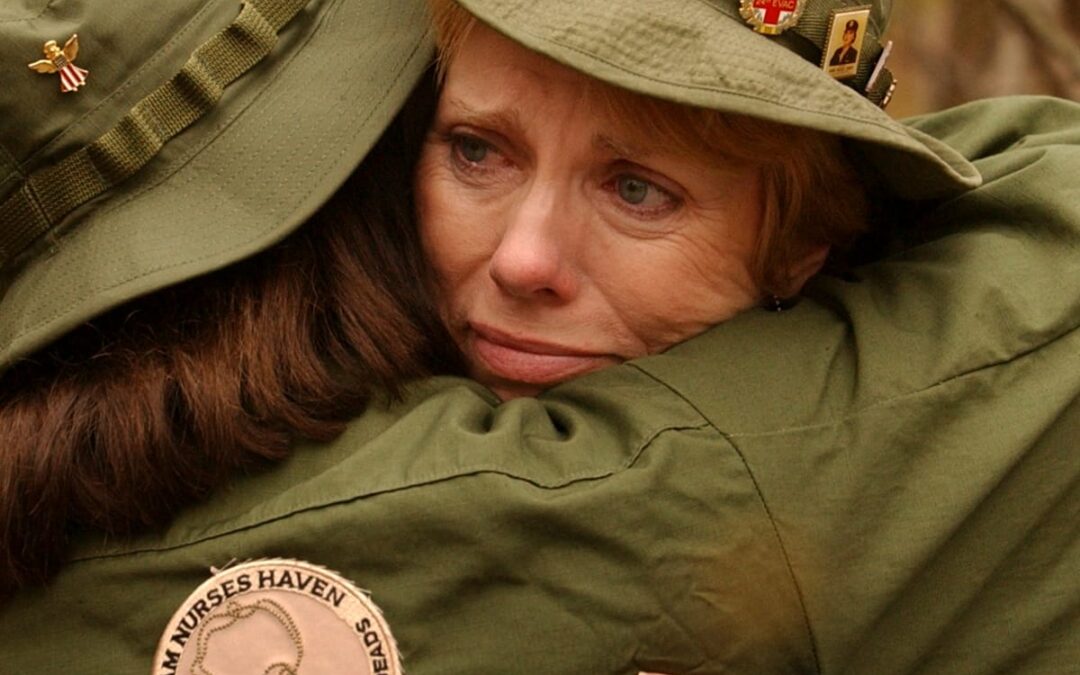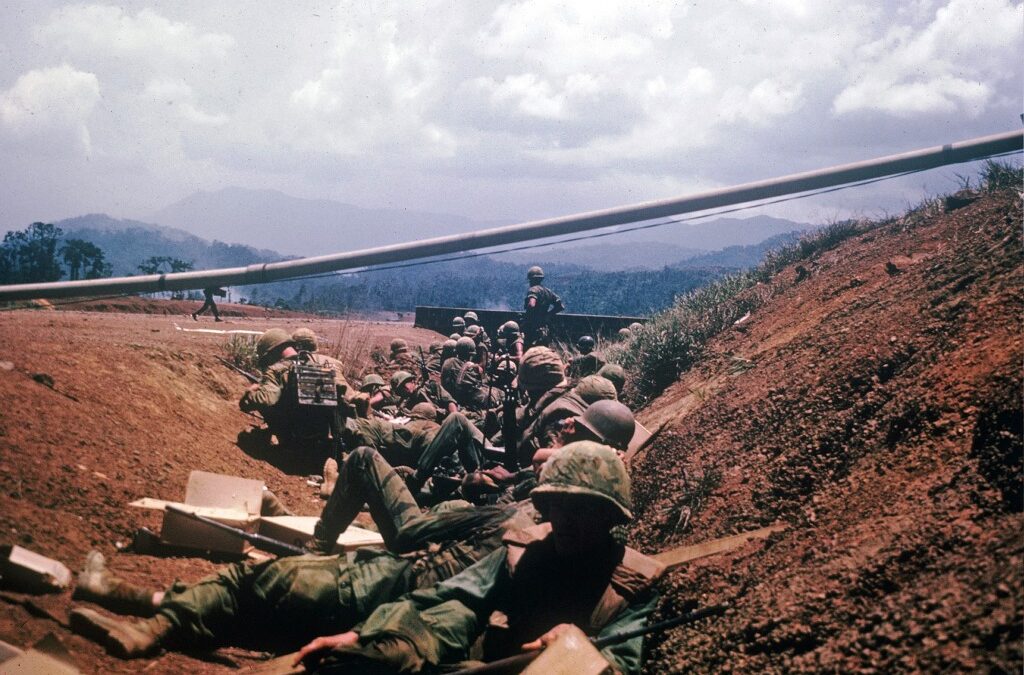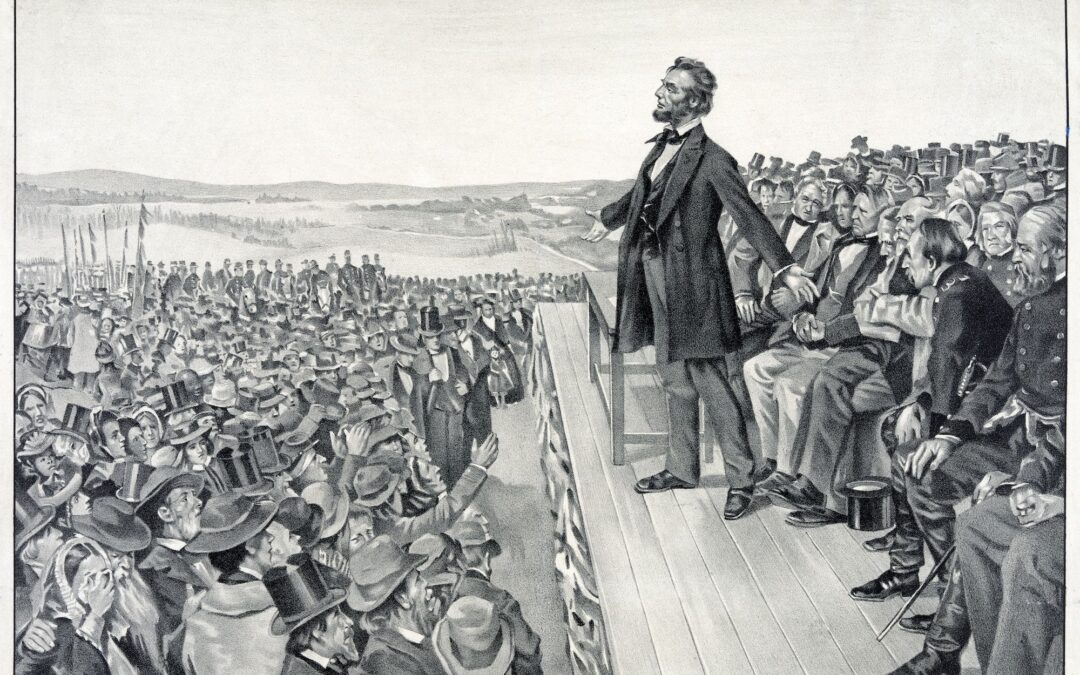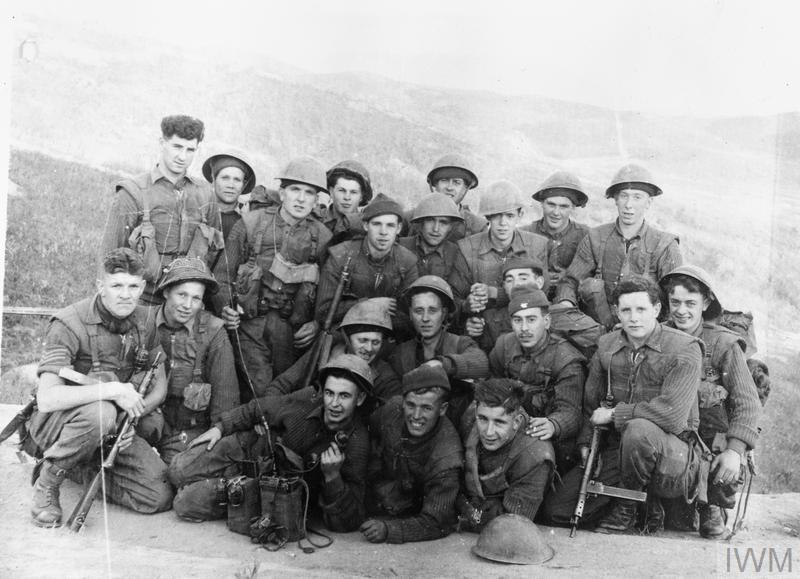A 30-year Army veteran who was the longest continuously serving Ranger in Vietnam and one of the war's most decorated enlisted soldiers died. Patrick Gavin Tadina served in Vietnam for over five years straight between 1965 and 1970, leading long-range reconnaissance patrols deep into enemy territory - often dressed in black pajamas and sandals and carrying an AK-47. The retired Command Sergeant Major Patrick Gavin Tadina died May 29, 2020, in North Carolina. He was 77. "Early this morning, my Dad ... took his last breaths and went to be with all the Rangers before him," his daughter Catherine Poeschl said on Facebook. "I know they are all there waiting for him." He is survived by his wife, two sisters, two daughters, four sons, six grandchildren, and two great-grandchildren, the family, said in a brief online obituary. A funeral had not yet been scheduled. A native of Hawaii, Tadina earned two Silver Stars, 10 Bronze Stars - seven with valor - three Vietnamese Crosses of...

